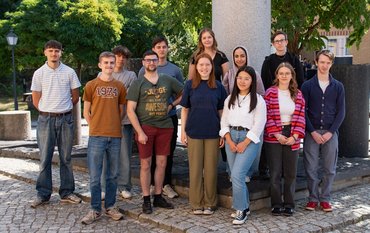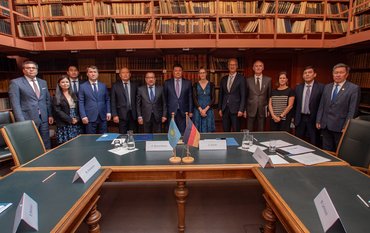12.08.2015|Potsdam: The GFZ is hosting this year’s annual meeting of the LIRG (Layered Intrusions Research Group), from 12 to 14 August. This international research group is dealing with the origin of layered intrusions and their economically highly important ore deposits.
So called mafic to ultramafic layered intrusions are of major economic importance because of their high contents of metallic ores like chromium, vanadium, nickel or platinum-group elements. These metals are in increasing demand for high-tech applications, e.g. for high-performance steels, catalytic converters, fuel cells, and in medicine. How these intrusions form and develop, and what processes cause their enrichments in ore metals remain major and long-standing problems of igneous petrology.
To answer these questions the LIRG was established ten years ago by petrologists from Denmark, Germany, Norway, and Great Britain. It now includes researchers from the US, Canada, Belgium, and South Africa. Since then, this international collaboration inspired highly successful projects and produced high-profile publications in the field. This year’s annual meeting will celebrate the centennial of three ground-breaking papers published by Norman Bowen, the founding father of modern experimental petrology. The meeting is furthermore dedicated to the preparation of an international scientific drilling project in the world's largest and richest layered intrusion: the Bushveld Complex in South Africa.
GFZ is a founding member of LIRG. Forty delegates from 11 countries are expected to attend, more than one-third of them PhD students.
New publication on the topic: „Layered Intrusions“, Springer Publishing, May 2015. Eds.: B. Charlier, O. Namur, R. Latypov, and C. Tegner.




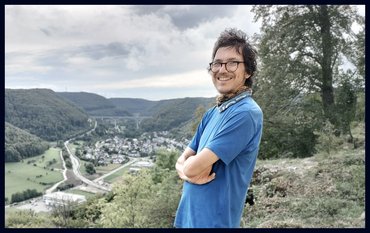


![[Translate to English:] [Translate to English:] Abror Gafurov von dem Schriftzug "Welcome to Azerbaijan" und den UN und COP Logos](/fileadmin/_processed_/2/5/csm_2024_11_Baku_COP29_Abror_Gafurov_1042faec82.jpeg)


![[Translate to English:] Martin Herold standing in front of the library on the Telegrafenberg](/fileadmin/_processed_/c/d/csm_Martin_Herold_d385ee4dd9.jpeg)
![[Translate to English:] Many people are listening to a presentation in the GFZ lecture hall.](/fileadmin/_processed_/c/a/csm_1_Bild1_hell_b9c0e9f5ed.jpeg)




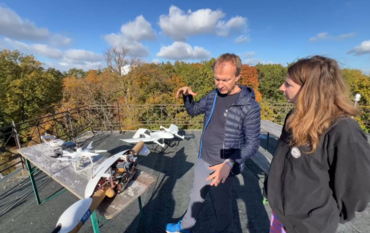

![[Translate to English:] Both scientists sitting on stools in front of a wall of books in the Telegrafenberg library](/fileadmin/_processed_/6/6/csm_Buiter_Castell_DORA_4_e87cb1ea18.jpeg)
![[Translate to English:] Gruppenbild mit 4 Personen](/fileadmin/_processed_/8/d/csm_20241017_GFZ-Emmerman-Medal-005_web_reinhardtundsommer_21a414fa4a.jpeg)




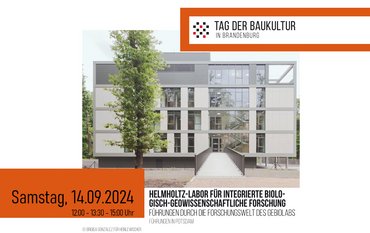
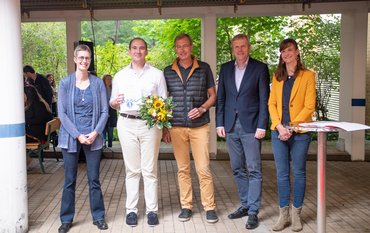
![[Translate to English:] Ice landscape with five red tents](/fileadmin/_processed_/8/9/csm_Zeltlager_auf_dem_Eis_Urheberin_Jenine_McCutcheon_5ced2d523b.jpeg)

